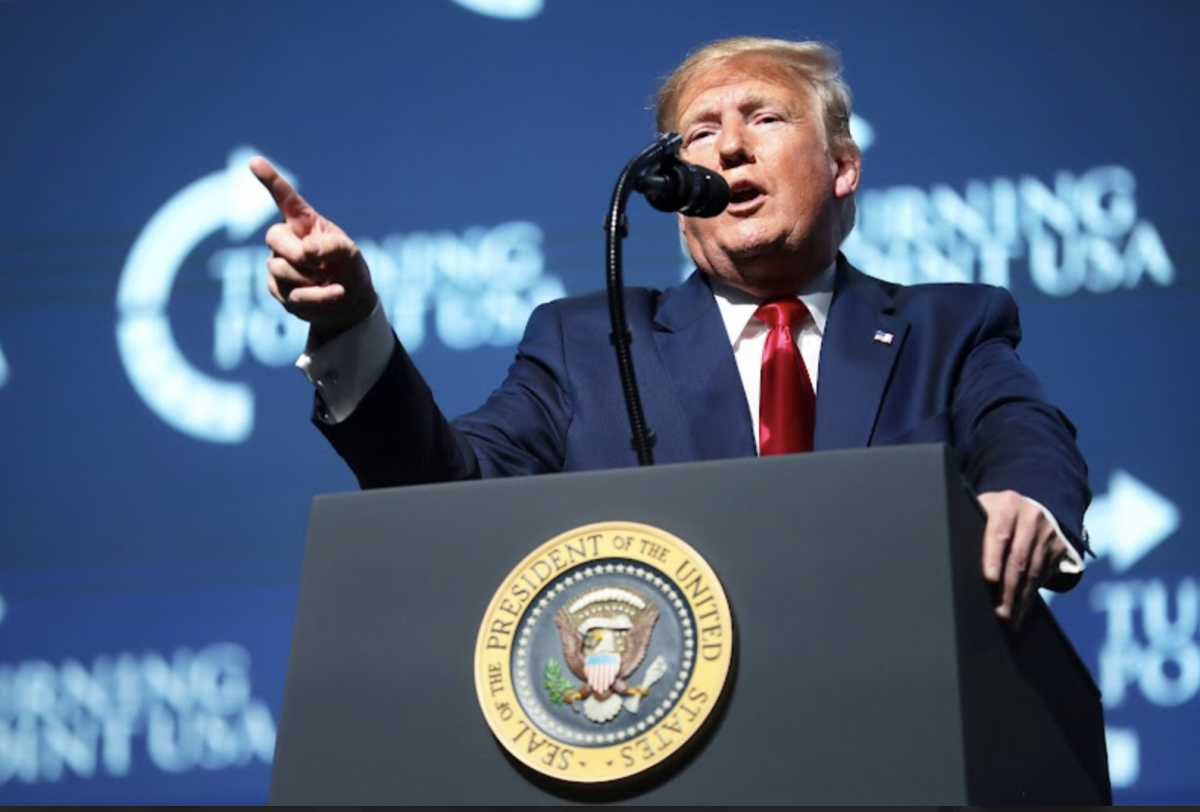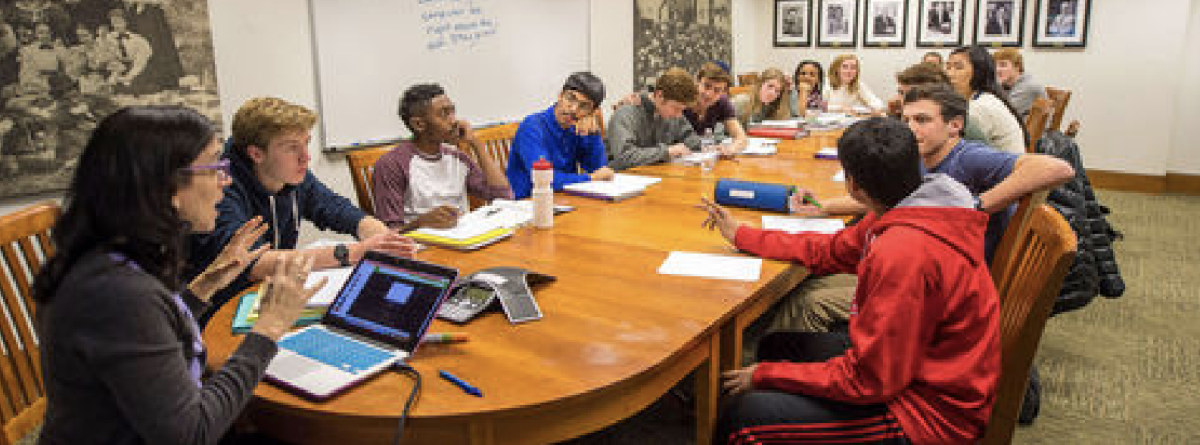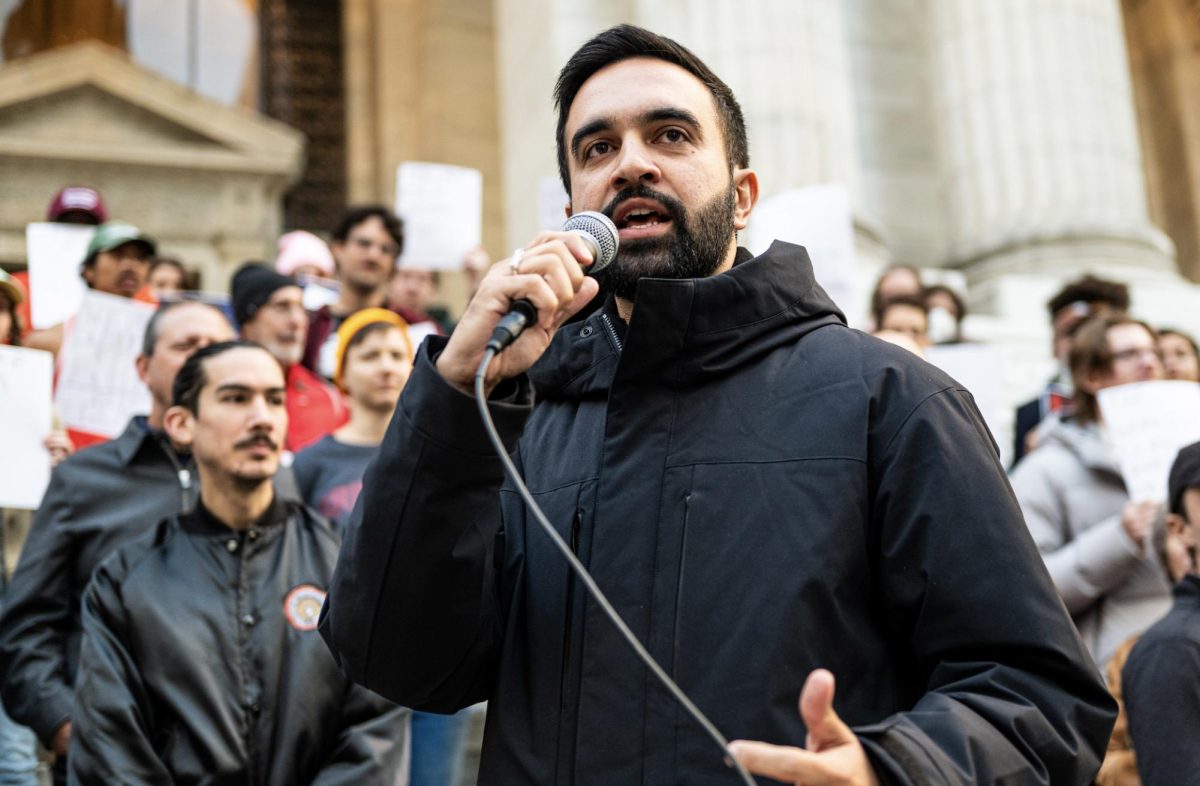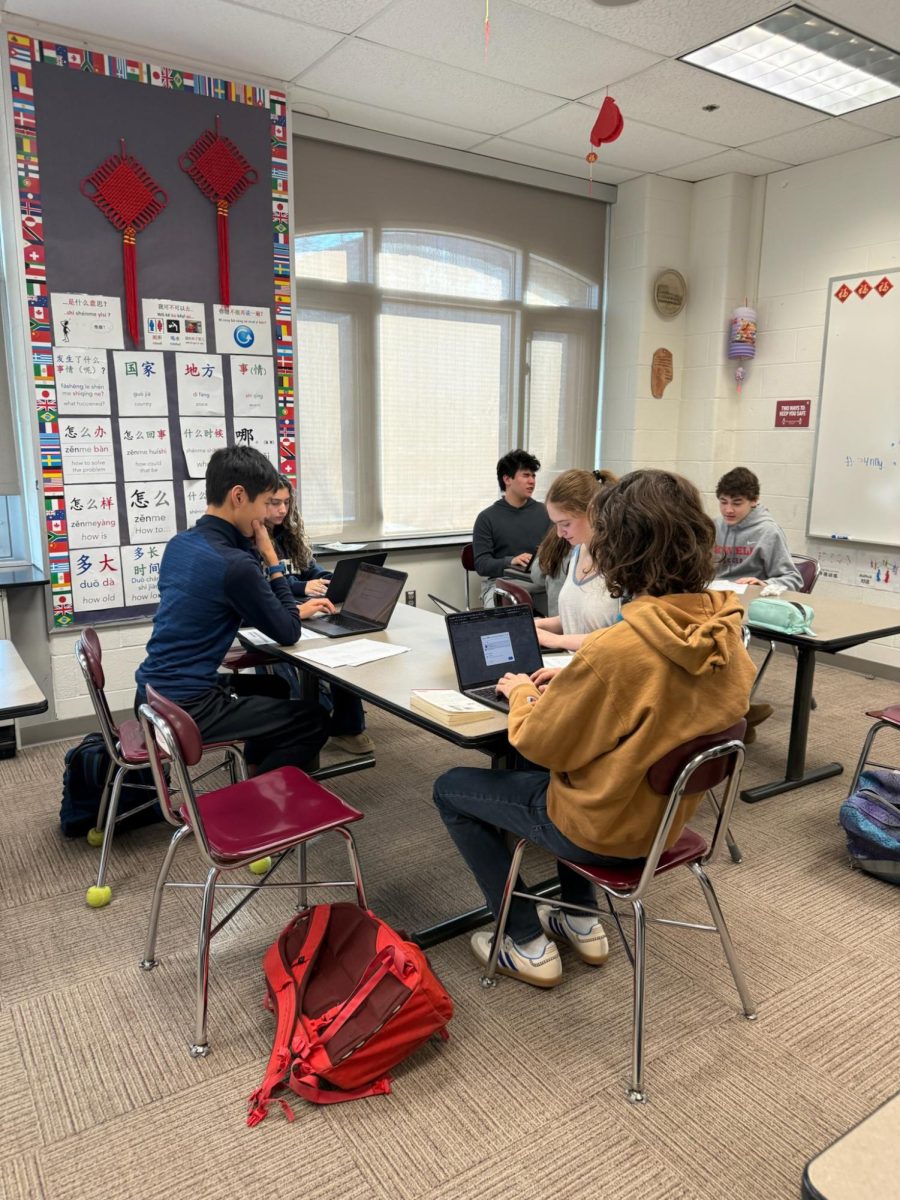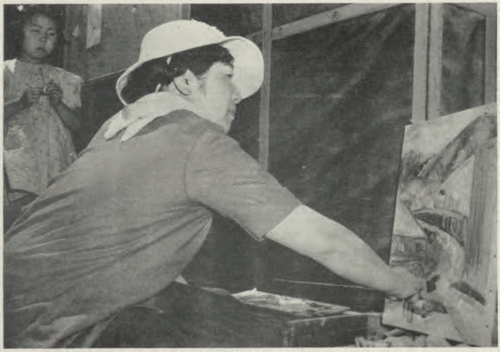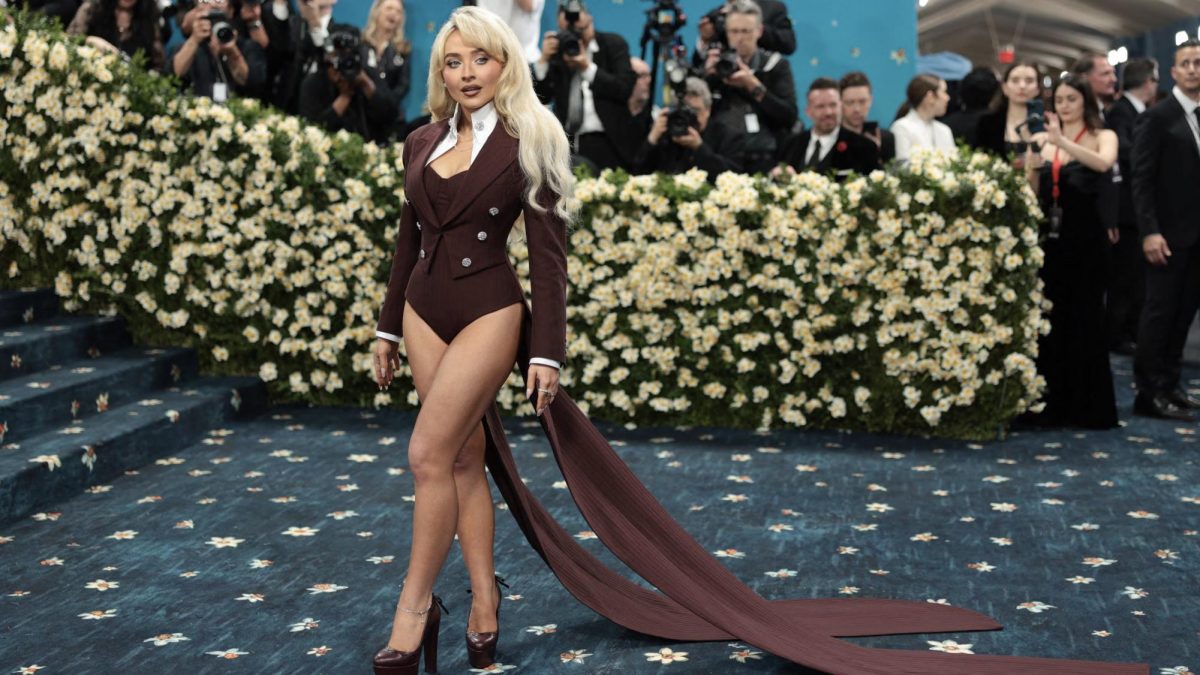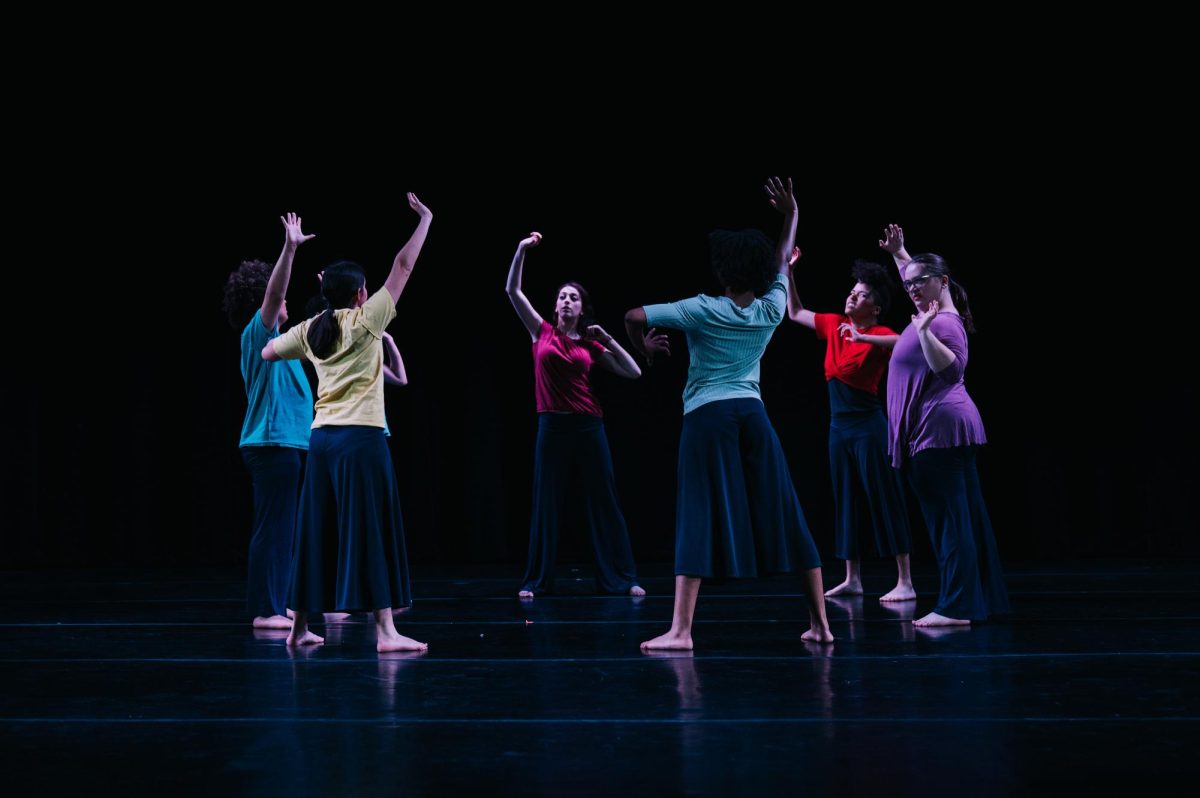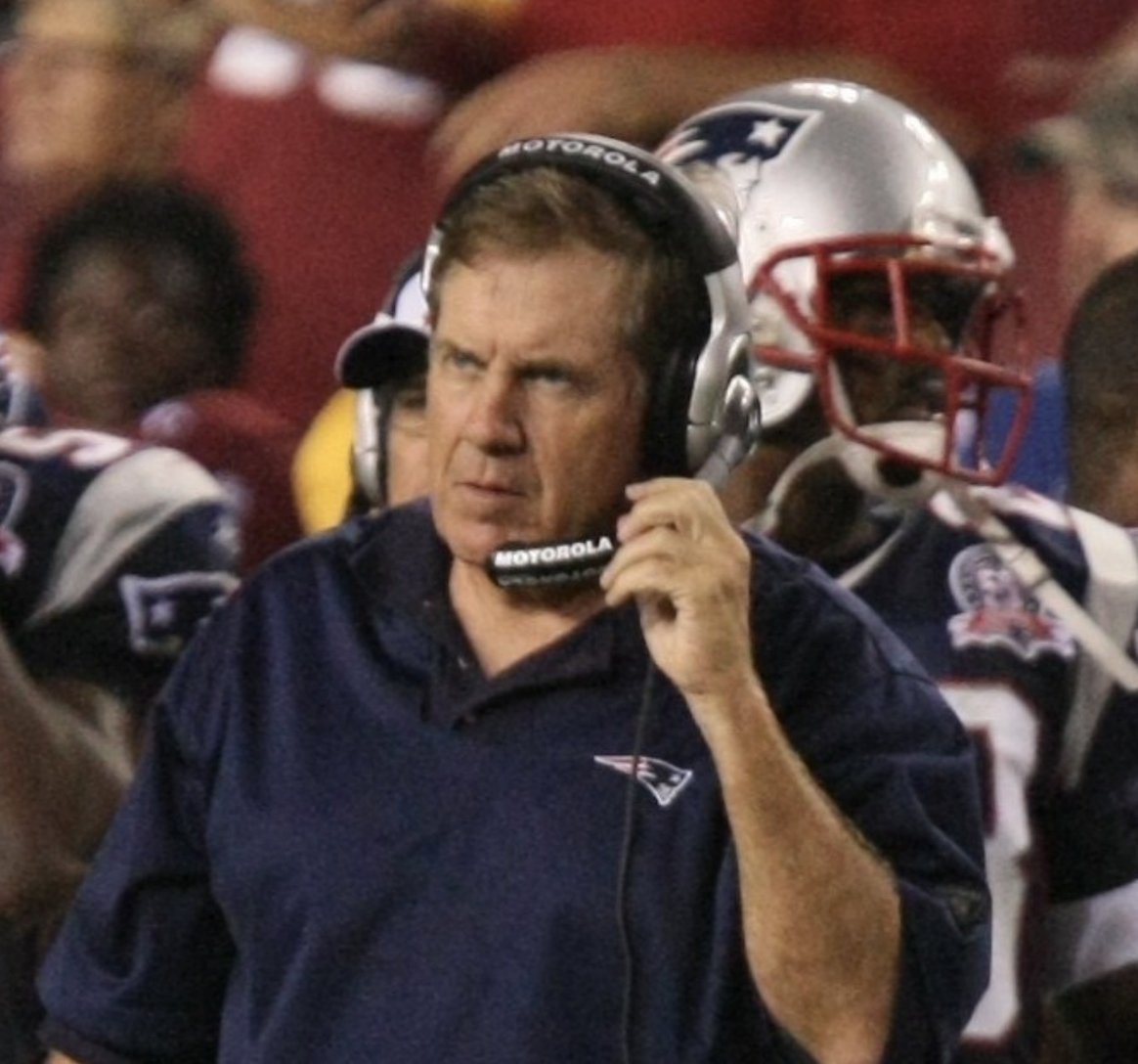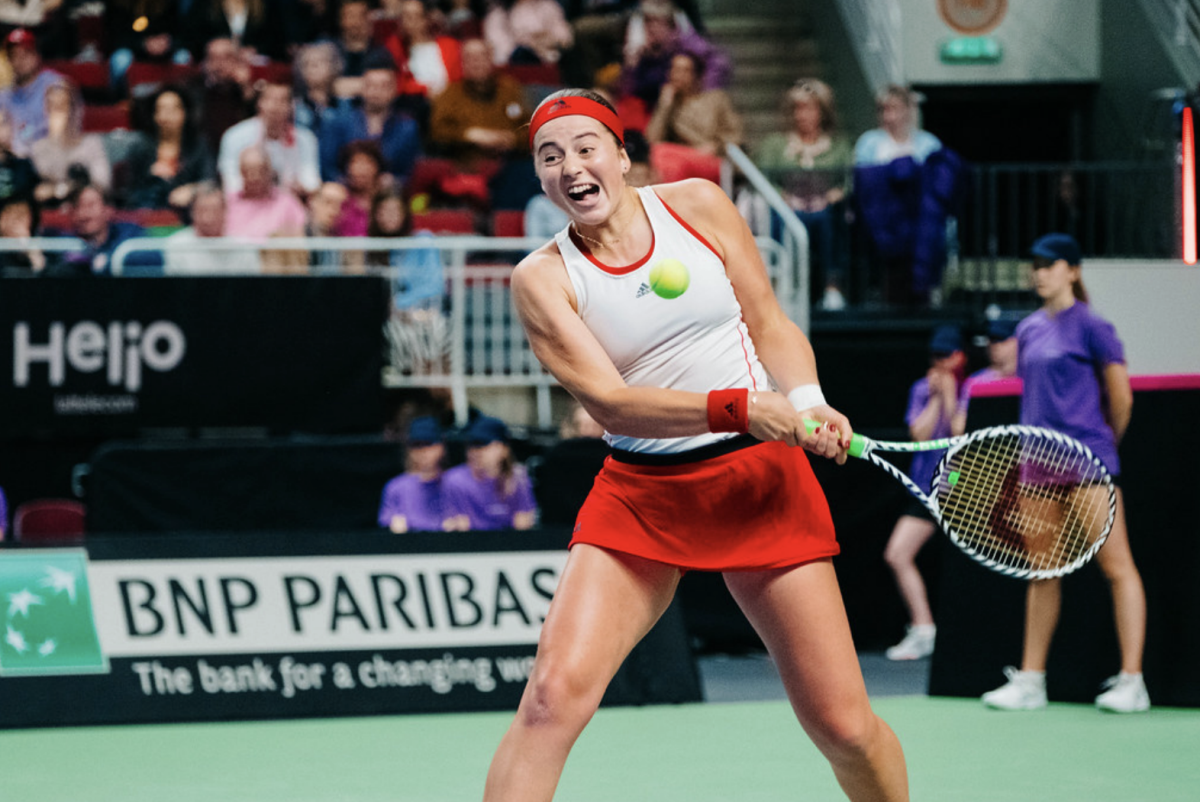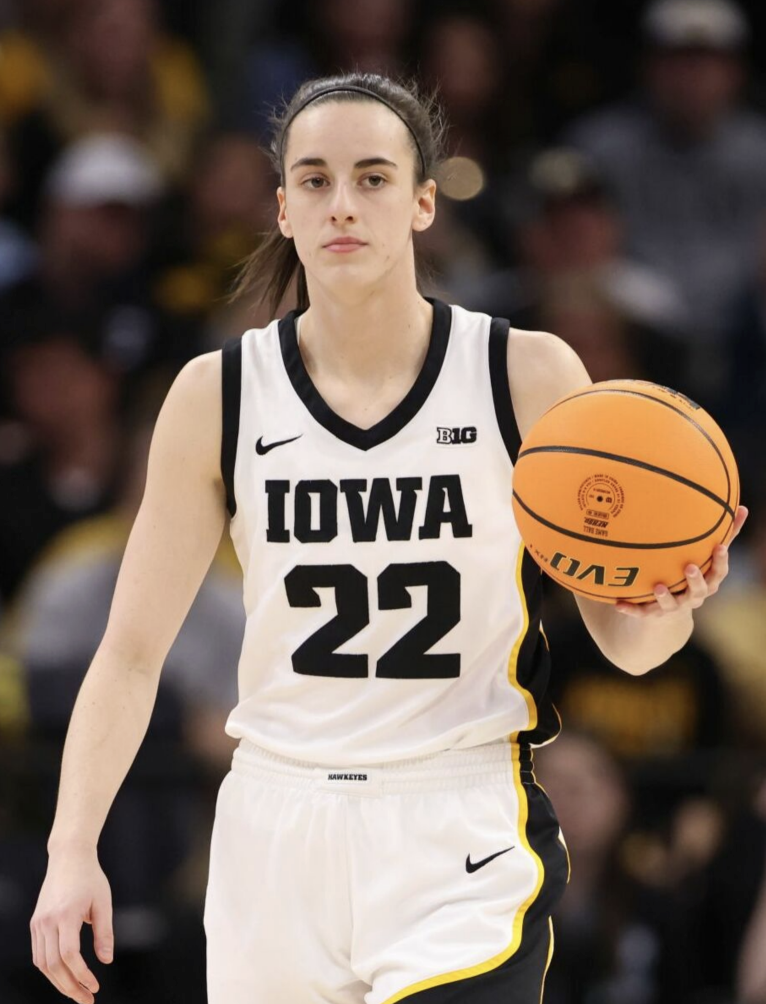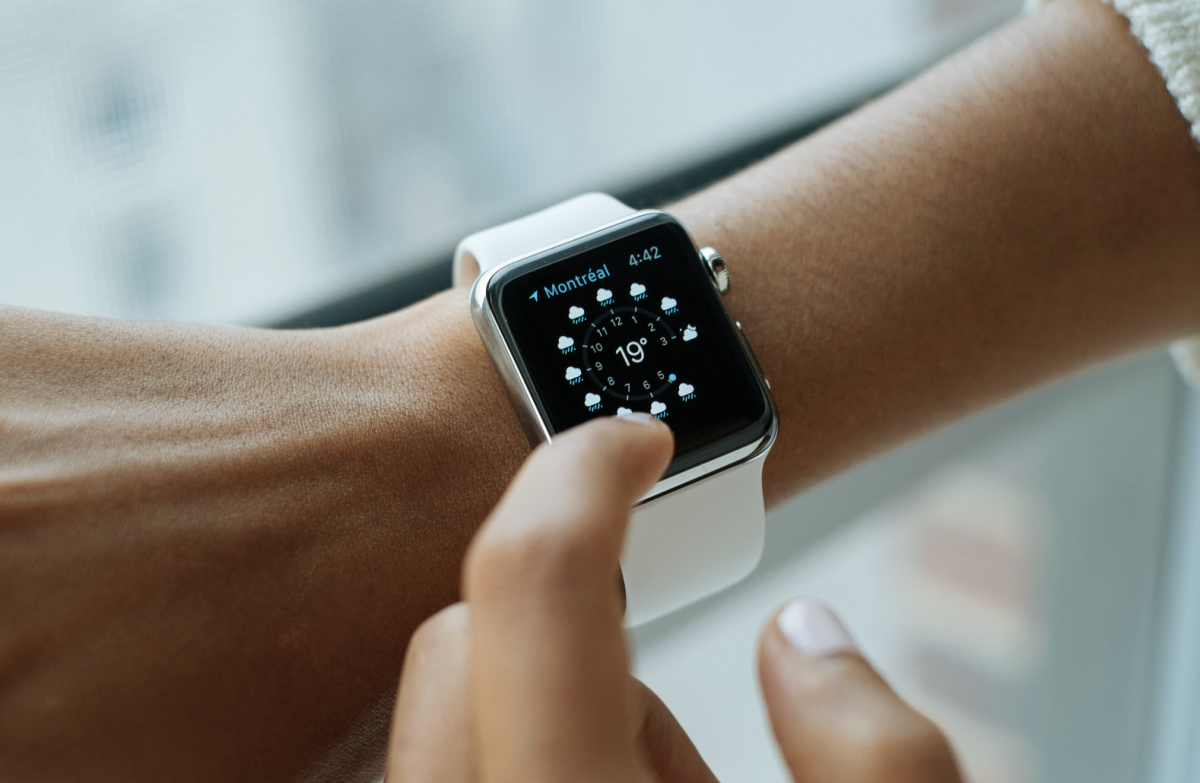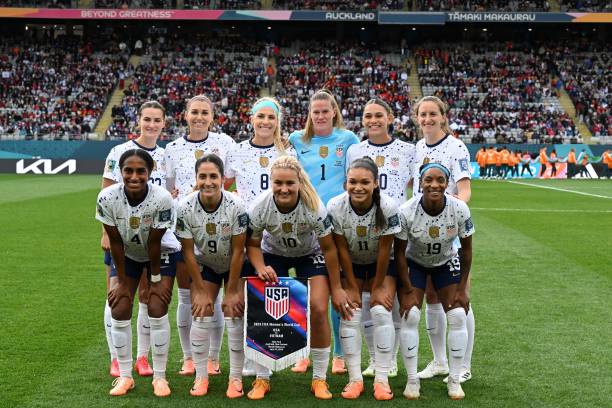Going into this year’s Women’s World Cup, the United States Women’s National Team (USWNT) had every right to be confident. However, despite being the two-time defending champions, the USWNT’s three-peat dreams came to a sudden halt when they were eliminated by Sweden in penalty kicks during the Round of 16. This marks both the earliest USWNT exit in the history of the tournament and the lowest amount of points the team had ever earned in the group stage. The 2023 USWNT World Cup performance could be written off as a series of unlucky events, however, challenges for the U.S. have been accumulating for years – heightened by international competition, injuries and coaching issues – and this knockout was not entirely unexpected.
One of the key differences between this year’s World Cup and previous prestigious international tournaments is the strengthened competition. In recent years, European soccer leagues have begun investing in their women’s teams. This investment has clearly had an impact, as three of four semi-finalists are European — Spain, Sweden and England. As for Australia, the only non-European team in the semi-finals, 17 out of 23 players play for European club teams. The two teams competing in the finals, Spain and England, both have rosters that are composed of athletes that exclusively play for European clubs, with the exception of Jenni Hermoso, who plays in Mexico.
Comparatively, only USWNT captain Lindsey Horan plays for a non-American club. While the National Women’s Soccer League, the leading women’s soccer league in the U.S., is a prominent platform for female athletes, it is also clear that the advancement of women’s soccer in Europe has given those who play for those clubs a significant edge. This led to the emergence of national teams, like Sweden and Spain, that outmatched the U.S. this year.
The USWNT also lost many key players due to injuries. Mallory Swanson, formerly Mallory Pugh, has been out since April 2023, after she tore her patella tendon in a friendly against the Republic of Ireland. Swanson was arguably the best player for the USWNT leading up to the World Cup, scoring seven goals in six matches for the U.S. in 2023 prior to her injury. The Americans also lost captain and key center back, Becky Sauerbraunn, shortly before the World Cup roster was announced due to an ankle injury. These injuries, combined with the chronic injuries of Tobin Heath and Christen Press, forced the U.S. to rebuild before the tournament. While Horan and forward Alex Morgan were named the captains, the United States lacked a motivating figure on the field, a role normally played by Sauerbraunn.
Since the hiring of head coach Vlatko Andonovski in 2019, the USWNT has not played at the level expected of many fans. Since his hiring, the team has won only three of 10 games in the 2021 Summer Olympics and this year’s World Cup combined.
In this year’s World Cup, Andonovski made several tactical errors that resulted in the USWNT’s loss. Andonovski’s poor roster construction, refusal to play players in their ideal positions and unwillingness to substitute players all led to the USWNT’s failure to play like a complete and together team.
Tobin Heath, a two-time USWNT World Cup winner and co-host of the RE-CAP show, claimed on her Podcast that she believes that the USWNT roster was created based on individual performances rather than “looking at all the pieces available and how they could work together.”
It was evident that due to this year’s USWNT roster, the team ended up playing as 11 individuals rather than a team. They lacked chemistry and the offense was not cohesive, resulting in many missed or untaken chances.
The second tactical error was Andonovski’s misuse of the players. Throughout the tournament, the attacking line lacked width because true forwards, such as Sophia Smith, were used in winger roles. Alex Morgan was also misused — she had to take on more playmaking responsibilities instead of her primary role as goalscorer.
The sudden changes in roles for players led to heavy criticism from the press. If there are going to be changes in expectations for players, those expectations should change long before a major tournament.
Thirdly, Andonovski virtually refused to use substitutions. In the game against the Netherlands, players on the U.S. team like Trinity Rodman, Sophia Smith, and Lindsey Horan were tiring. The only player substituted into the game for the U.S. was Rose Lavelle at half time. Former USWNT player Ali Krieger said to ESPN that if substitutions were made later in the game when the U.S. had momentum, it could have “put the game away” for the U.S.
The takeaway from this tournament is that while there are glimpses of hope for the future, including rising stars like Smith, the USWNT will have to improve their tactics going into the next international competition, the 2024 Olympic Games. Given the increased scrutiny from U.S. fans and politicians alike, the USWNT will no doubt implement a variety of changes. Firstly, it is likely that there will be a change in the coaching staff. Additionally, although Alex Morgan claims that she is “not planning” to retire after the World Cup, veterans Megan Rapinoe and Julie Ertz recognize that it is improbable that they continue playing internationally. Hopefully the USWNT will respond to the calls for change and enter into a new era of women’s soccer by the time the 2024 Olympic Games in Paris are played.


